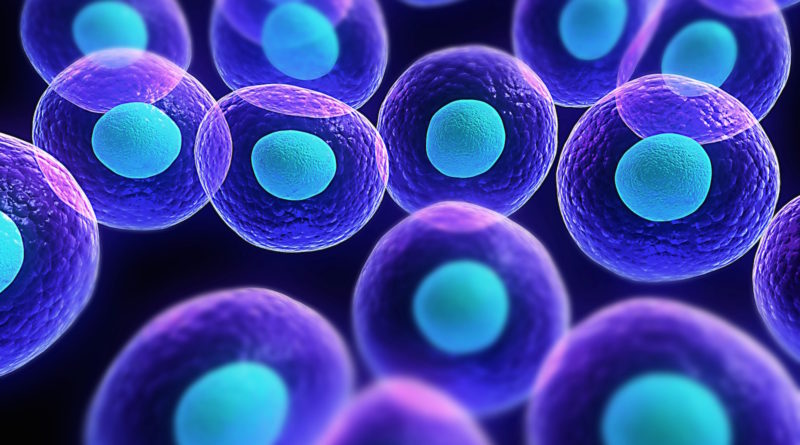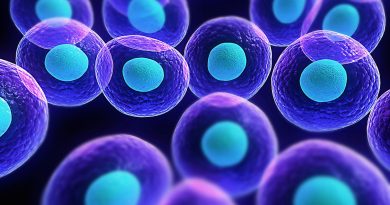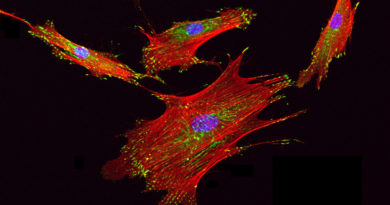SYSTEMIC SCLEROSIS: NISSC-2 (EBMT) – Autologous Hematopoietic Stem Cell Transplantation: Recruitment is open
ClinicalTrials.gov: NCT03444805
Protocol Title: Post AHSCT (Autologous Hematopoietic Stem Cell Transplantation) management for patients with systemic sclerosis: a prospective, non-interventional approach across Europe
Short name: NISSC-2
Sponsor: EBMT/ADWP
Chief investigator: Dominique Farge Saint Louis Hospital, 75010 Paris, France
Representatives
France Dominique Farge (Paris)
Germany Tobias Alexander (Berlin) and Jörg Henes (Tübingen)
United Kingdom John Snowden , Mohammed Akil (Sheffield)
Spain Montserrat Rovira (Barcelona)
Italy Nicoletta Del Papa (Milano)
Netherlands Hans Ulrich Scherer (Leiden)
Australia John Moore (Sydney)
Any other team
Statistician: Myriam Labopin; Hôpital Saint Antoine, EBMT office, Paris, France
Protocol Design:Open, multi-centre, prospective observational study
Aim of the study:To survey different practices of EBMT centres for post-AHSCT management for SSC patients
Inclusion criteria
Autologous HSCT
Age above 18 years at time of autologous HSCT.
First AHSCT for a diagnosis of progressive systemic sclerosis according to 2013 EULAR-ACR criteria
Exclusion criteria
Pregnancy or inadequate contraception
Severe concomitant disease
Reduced lung, cardiac or renal function
Previously damaged bone marrow
Uncontrolled severe infection
Severe concomitant psychiatric illness
Neoplasm in the past 5 years
Smoking (current)
Primary Endpoint: Progression free survival at 2 years
Secondary Endpoints
1. Safety
2. Transplant related mortality (TRM) at 100 days
3. Overall Survival
4. Use of prednisolone equivalent > 6mg daily for more than 3 months at one year and at 2 years after HSCT
5. Use of immunosuppressive drugs within the first 2 years after AHSCT
6. Use of biotherapies within the first 2 years after AHSCT
7. Response to treatment at 1 year and at 2 years following AHSCT
8. Infectious complications, CMV / EBV reactivation
9. Secondary autoimmune diseases and malignancies
10. Immune reconstitution
Recruitment: 60 patients
Recruitment period: 2 years
Follow-up duration: 2 years
Follow-up: Follow-up: according to local standard protocol with documentation of disease activity/survival M3, M6, M12, M18 and M24. for 2 years period according



